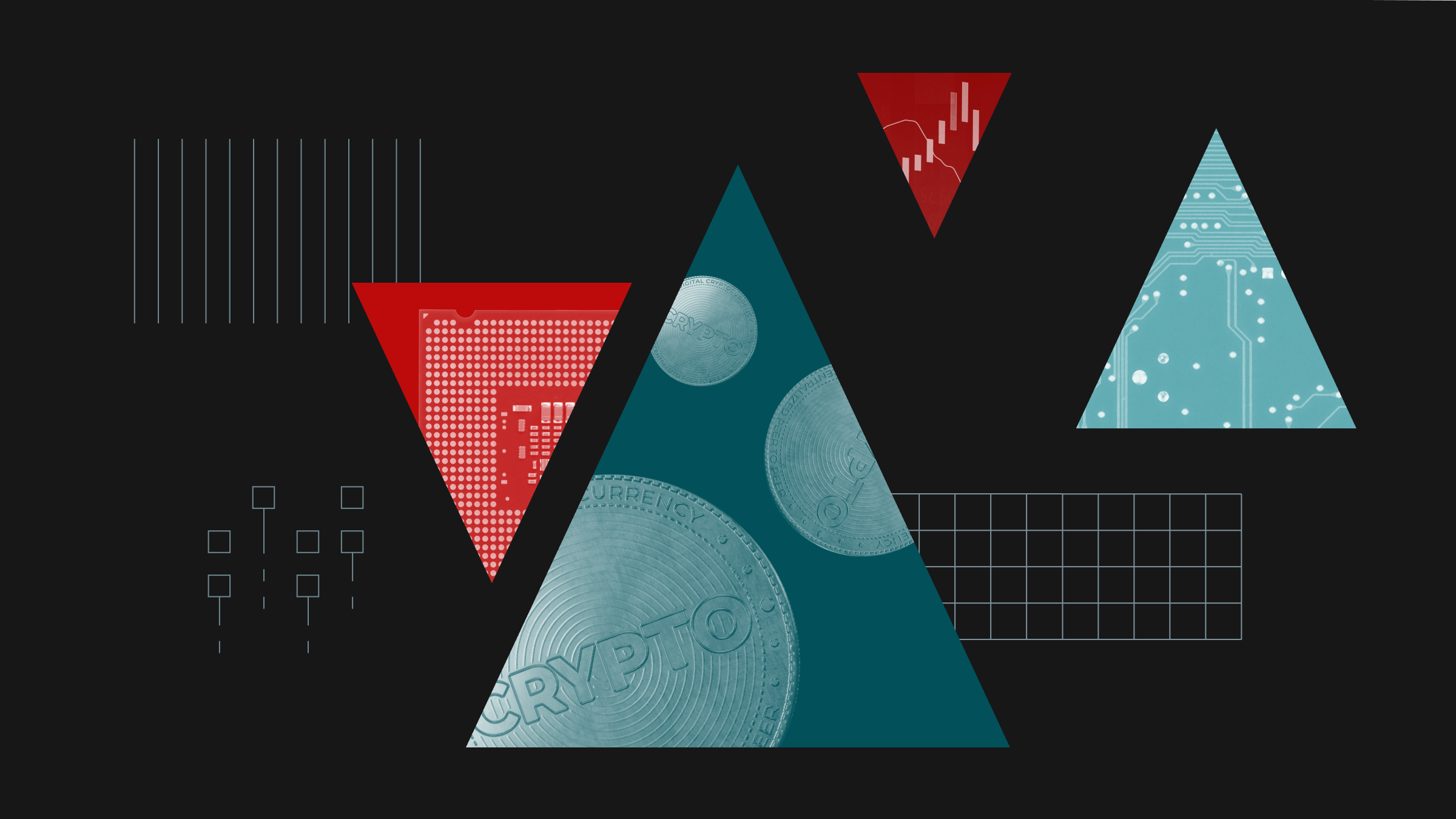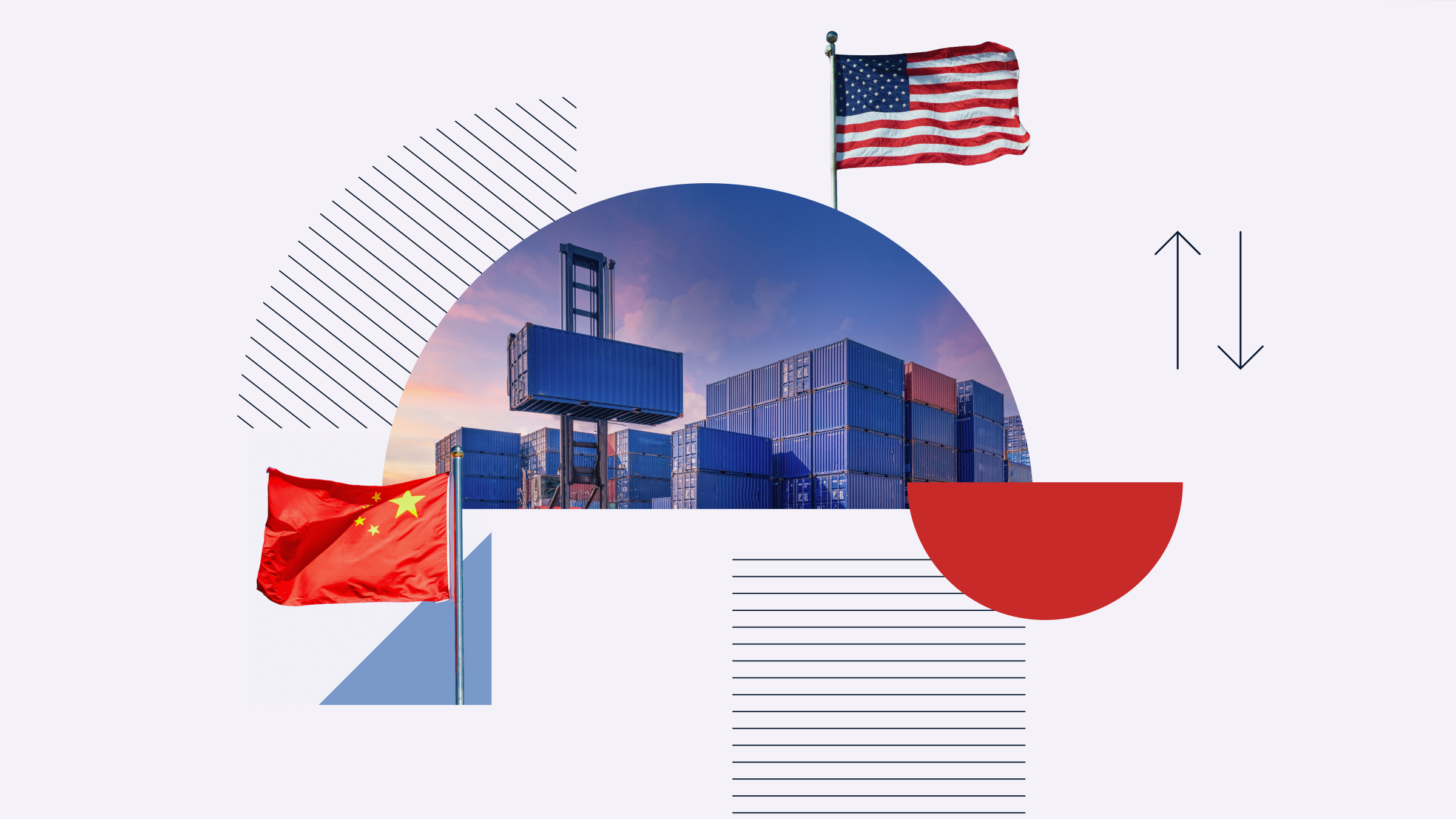
When I started working at Morningstar more than 23 years ago, what surprised investors most was our famous Style Box, which identifies, at a glance, a fund’s investment style based on whether it invests in value or growth companies and in large- or small-cap stocks. The size of a company was fairly easy to understand, but the “value” and “growth” component was much more difficult to make sense of.
Back then there were a few independent fund managers who practiced value investing, but the general public was largely unaware of the differences between the two investment styles.
Nowadays, talking about growth or value no longer scares anyone. But just because ordinary investors, or at least those interested in financial markets and mutual funds in particular, are used to these terms does not mean there are no misconceptions about them.
I have compiled, below, some of the most striking misconceptions about value and growth investing.
1) Growth is American, Value is European
The first misconception that investors have about value and growth is that they are convinced that the US market is a growth market and the European market is a value market. Nothing could be further from the truth. In fact, if we break down the percentage of growth and value in indices such as the Morningstar US Market Index and the Morningstar Europe Index, we realize that Europe is more growth than the US. If we add up the 3 growth styles (large, mid, and small) we arrive at a percentage of 34% for the European index versus 22% for the US index.
This erroneous conviction is marked by the fact that the US market is dominated by the so-called Magnificent 7 (Apple APPL, Microsoft MSTF, Nvidia NVDA, Amazon AMZN, Meta META, Alphabet GOOGL, and Tesla TSLA), stocks that the general public associates with growth companies. The curious thing is that, of those 7 companies, today, only two are companies that Morningstar classifies as growth companies, Nvidia and Tesla.
With respect to Europe, on the other hand, there is the conviction that its stock markets are more inclined toward the “old economy” where value companies have more weight. But if we look at the 10 largest European companies by market capitalization, only one is classified as value, the oil company Shell SHEL, and the five largest are all growth companies.
2) Value Is Cheap and Growth Is Expensive
In the very definition of what is a value company or a growth company (see more at the end of the article to learn how Morningstar classifies companies as value or growth) there is the idea that a typical value company is cheap relative to a growth company. Indeed, value companies trade at lower fundamental ratios (price/earnings, price/sales, price/cash flow, etc.) than growth companies. But whether a company is “expensive” or “cheap” goes beyond these fundamental metrics.
Our equity analysts determine whether a company is overvalued or undervalued by estimating a fair value for the company. That fair value may be above or below the share price and that is what determines whether we consider a stock to be expensive or cheap, not whether it is a value company or a growth company.
Therefore, there will be growth stocks that are cheap and value companies that are expensive. For example, in Europe a growth company like ASML Holding ASML is trading at Feb. 12 prices with a reasonable price/value of 0.85 and we therefore consider it cheap. In contrast, US bank JPMorgan JPM, classified as value, trades with a price/fair value of 1.41 (indicating it is overvalued by more than 40%).
That said, it is true that in recent years value has been cheaper than growth, but currently if we look at the US market, even the Large value style is slightly overvalued by just under 1%.
3) An Investment Can Only Be Value or Growth
The popularization of the concepts of value and growth among the financial community has made the small investor think in binary terms: either the fund is value or the fund is growth. But the reality is far more complex than that. For example, if we take the set of US equity funds available in Europe, we find 1,074 classes of growth funds, 680 classes of value funds and 2,554 classes of funds that we call “blend”, neither value nor growth. In other words, there are more blend funds than value or growth funds.
The same is true for individual companies. If we go back to the first chart showing the style breakdown in the European equity and American equity indices, we see that the total weight of the “blend” segment reaches 37% in the European case and 52% in the American case.
4) A Fund Must Remain Value or Growth for Life
This last concept about value and growth is possibly the most difficult to refute. I will not deny the fact that funds tend to stay true to their investment style. It is very unlikely that a manager who has been investing in the growth segment would suddenly turn his portfolio to the value area. This type of shift, incidentally, would have been quite profitable during the market downturn in 2022. In that year, in fact, US Large Growth-style equity funds fell by an average of 32% (in dollar terms) compared with a limited 8% decline in growth.
But fund portfolios are dynamic and can change over time. I am not saying that a fund can suddenly go from value to growth, but within value and growth there are different degrees of exposure that will explain, in part, the returns achieved.
Ten Ratios to Determine Whether a Fund or a Company Is Growth or Value
To determine whether a fund or company is value or growth Morningstar ranks companies based on 10 fundamental ratios, 5 that measure the value characteristics of each security (price to estimated earnings, price to book value, price to sales, price to cash flow, and dividend yield) and 5 that measure the growth characteristics of each company (future earnings growth, historical earnings growth, sales growth, cash flow growth, and book value growth).
The most immediate way to know whether your fund is a growth fund or a value fund is to use one of our tools, called Style Box. It is the board that appears on the fund’s file and is subdivided into nine boxes, each representing a management style. If we look at the board vertically, all the funds that are placed in the 3 boxes on the right are those that preferentially invest in growth stocks; those placed in the boxes on the left are funds that invest their portfolios mainly in value stocks and, finally, those placed in the central boxes are of a blend.
The author or authors do not own shares in any securities mentioned in this article. Find out about Morningstar's editorial policies.
























